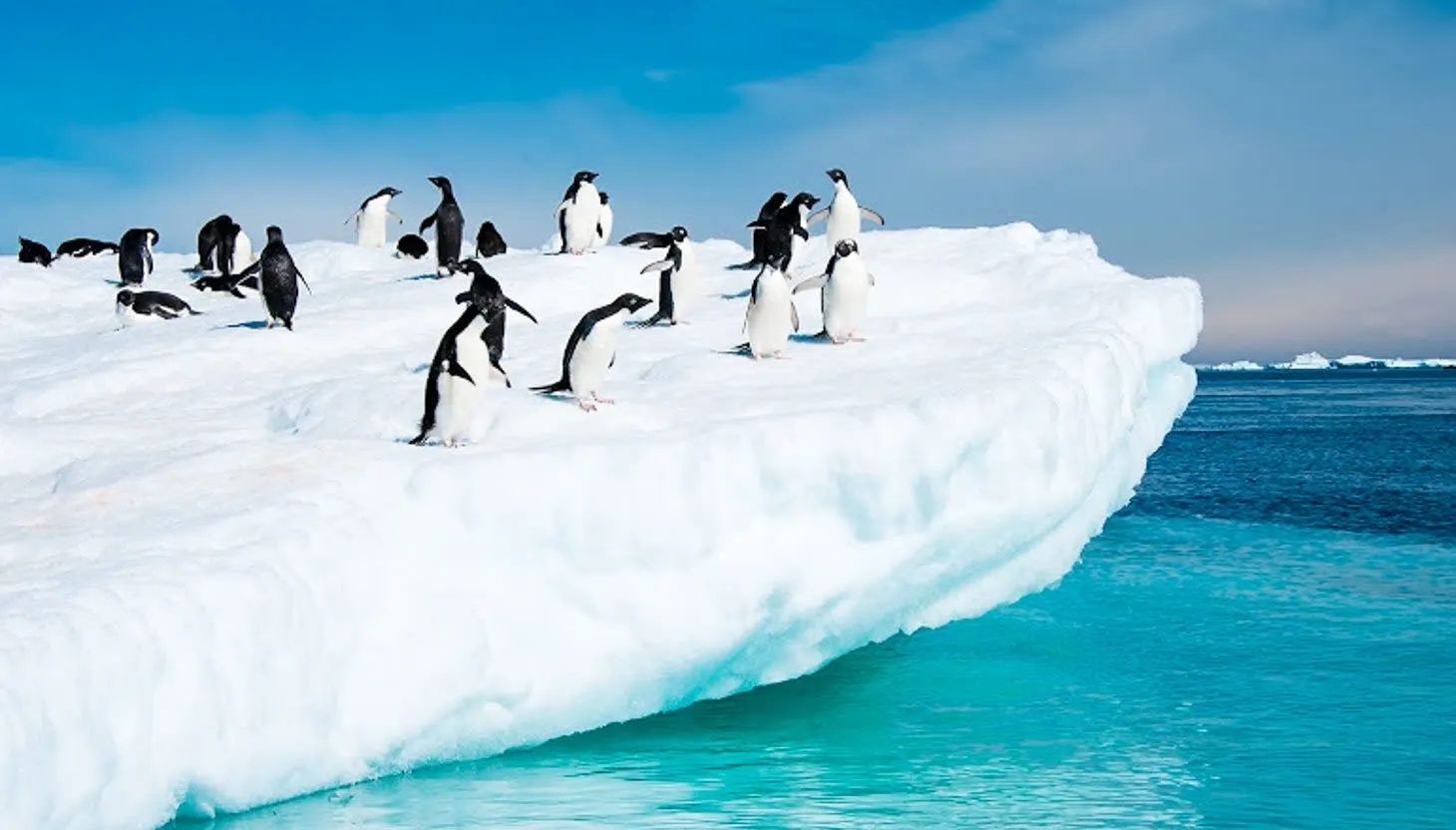Weather in Antarctica
- Antarctica Overview
- Best Time to Visit Antarctica
- Antarctica Visa Requirements
- Antarctica Flights
- Antarctica Weather Information
- Languages of Antarctica
- Antarctica Food & Drink
- Safety in Antarctica
- Staying Healthy in Antarctica
- Internet & Calling in Antarctica
- Antarctica Travel Insurance
- Antarctica Packing List
- Money in Antarctica
- Antarctica Articles
There are certain times of the year, where weather conditions are so intense, it would not be advised or preferable to travel. There are “Catabian winds” in Antarctica, that are fierce and can cause violent snowstorms that can last for days, and even weeks on end. These winds make it extremely dangerous to be outside. Similar to Alaska, Antarctica experiences days that have endless sunlight. Also, in contrast, Antarctica has days that are full of darkness.
The “polar summer” of endless sunlight occurs during the end of May to September. During this time, daytime temperatures range between -20 degrees Celsius to -5 degrees Celsius. This is the only time individuals are allowed and encouraged to travel to Antarctica, due to the extreme weather conditions that occur during the winter months.
The “polar winter” of endless darkness begins at the end of November to March. Do not plan a trip to Antarctica during this period. From late November to March, there are unbearably cold temperatures, harsh storms, and endless darkness covering the continent. It would not be safe, or comfortable to travel during this time.
Remember that even though there are certain periods, where a certain type of weather is expected, weather conditions are always subject to change. One day you might experience warm sunshine, and the next a blizzard of a snowstorm. This is a continent of extreme climates. Plan and pack accordingly.



